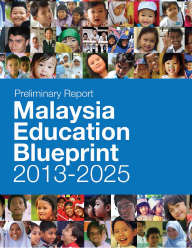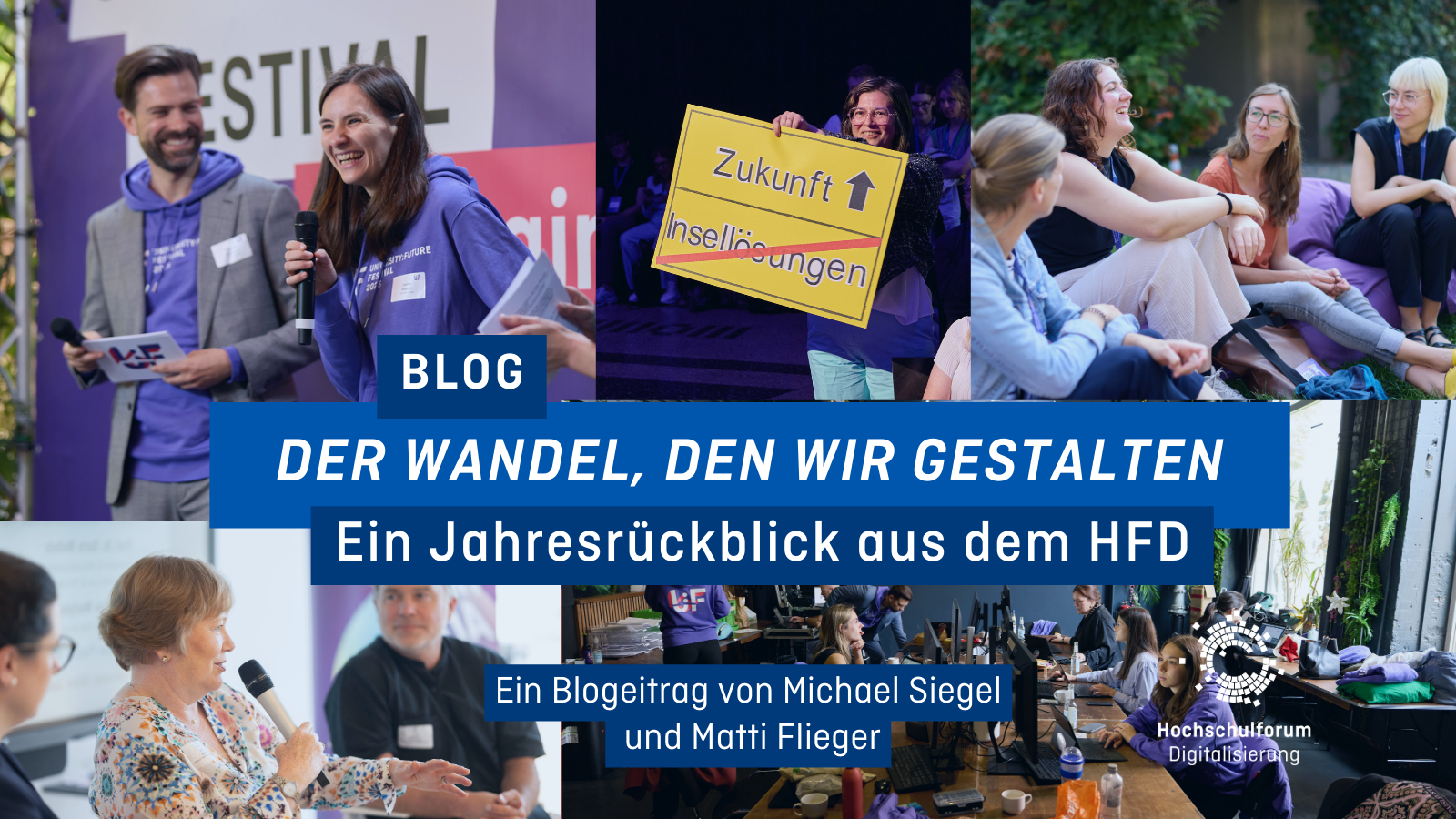E-Learning Asia – Malaysia’s giant leap to the #elearning future
E-Learning Asia – Malaysia’s giant leap to the #elearning future
20.04.16
Along with other e-learning experts of the Hochschulforum, Philipp Höllermann is currently visiting several higher education institutions in Southeast Asia. In this article, he shares his insights on how Malaysia develops ambitious e-learning solutions to accommodate a rapidly increasing number of students. The text was originally published on Philipp Höllermann’s Blog, The Future of Learning in Higher Education.
If you follow me on LinkedIn or read my blog, you might have noticed an article I wrote a few months ago. It was titled “Why e-learning is dead and MOOCs have to die” and somewhat crudely discussed how the high hopes in MOOCs were disappointed and how a number of institutions already move away from the traditional MOOC concept in favor of smaller, more personalized and monetarised formats (aka SPOCs or “classic online learning”). Welcome to Gartner’s valley of desperation.
While I stick with my core assumption that MOOCs are not the future of our (westerner) higher education system, a recent journey to Asia opened my eyes to a very different perspective. As a member of the Stifterverband delegation on the digitalisation of higher education I was able to visit the Ministry of Higher Education in Malaysia and to discuss the countries’ “Malaysia Education Blueprint 2015 – 2025 (MEB)” with high-ranking officials.

Ambitious e-learning schemes…
Its an ambitious scheme to say at least. Basically, the country wants to increase the level of tertiary education from 36% in 2012 to 53% in 2025, raising the number of students from 1.4 million today to well over 2.5 million. Globalized Online Learning is regarded as a focal point to achieve these numbers and MOOCs play an essential role in this concept.
In the next years, Malaysia plans to replace the majority of common undergraduate courses with MOOCs. Instead of taking on-campus courses at local university, all freshmen (up to 200.000 students a year) will go through centralized MOOCs hosted by one of the major Malaysian universities and assessed by local institutions. In addition, all universities are required to offer 70% of their programs in blended learning formats and to develop at least three MOOCs every year. In 2025, Malaysias universities would then offer around 300 accredited MOOCs issuing fully transferable credits to participants and enabling students to create highly individual study programs with academic courses from all over the country (and beyond).
…already becoming a reality
Well, I know what you think. Ambitious plans are but plans and developing a blueprint doesn’t mean that it will be implemented. My thoughts went the same way… to very moment I realized implementation of these plans had already started.
 Talking to academic staff and lecturers, I was told that universities just started to switch large numbers of traditional classroom trainings to blended learning courses. New VLEs were installed and lecturers are required to design their courses as blended learning offers. In addition, Malaysia partnered with Australian MOOC platform provider “Open Learning” to develop a “Malaysia MOOC Platform”, currently already featuring some 25 courses in 125.000 participants. It appears the Malaysian digital revolution is already well under way.
Talking to academic staff and lecturers, I was told that universities just started to switch large numbers of traditional classroom trainings to blended learning courses. New VLEs were installed and lecturers are required to design their courses as blended learning offers. In addition, Malaysia partnered with Australian MOOC platform provider “Open Learning” to develop a “Malaysia MOOC Platform”, currently already featuring some 25 courses in 125.000 participants. It appears the Malaysian digital revolution is already well under way.
Technical and administrative challenges to be solved
Of course there are a number of obstacles Malaysia will have to solve. One of the major issues is the countries’ technological infrastructure. While smartphones and mobile services are widely used, internet speed is rather low with an average of 5 Mbps and significantly lower rates (< 1 Mbps) in rural areas. Also, power shortages due to severe weather conditions are common in some months. Improving the ICT infrastructure for both universities and students is therefore also a top priority in the MEB.
Other regulatory aspects like credit transfer, accreditation of courses and assessment requirements also need clarification. Right now e.g. students would have to pass an additional proctored on-campus assessment at their home institution to transfer credits gained from other universities MOOCs. Also, the blended learning formats implemented right now are rather traditional and (from a pedagogical perspective) need improving. Finally, acceptance of MOOCs by students has yet to be proved (though new research suggests that MOOC completion rates in emerging markets are much higher than in Europe and the US).
E-learning: Not that dead after all
However, these discussions are already taking place and Malaysia seems determined to implement its ambitious plans in no time. Should the country succeed, it would place itself as the major e-learning hubs in the asian region and one of the largest MOOC providers worldwide, offering tremendous business opportunities for e-learning providers and technology companies.
Well, looks like e-learning is not that dead after all.
Summary: Malaysia has implemented a higher education blueprint that would transform the countries’ HE system into one of the technologically most advanced in the world and which makes heavy use of MOOCs and blended learning formats.


 Michael Siegel
Michael Siegel 
 Andreas Giesbert
Andreas Giesbert 
 Uwe Reckzeh-Stein
Uwe Reckzeh-Stein 